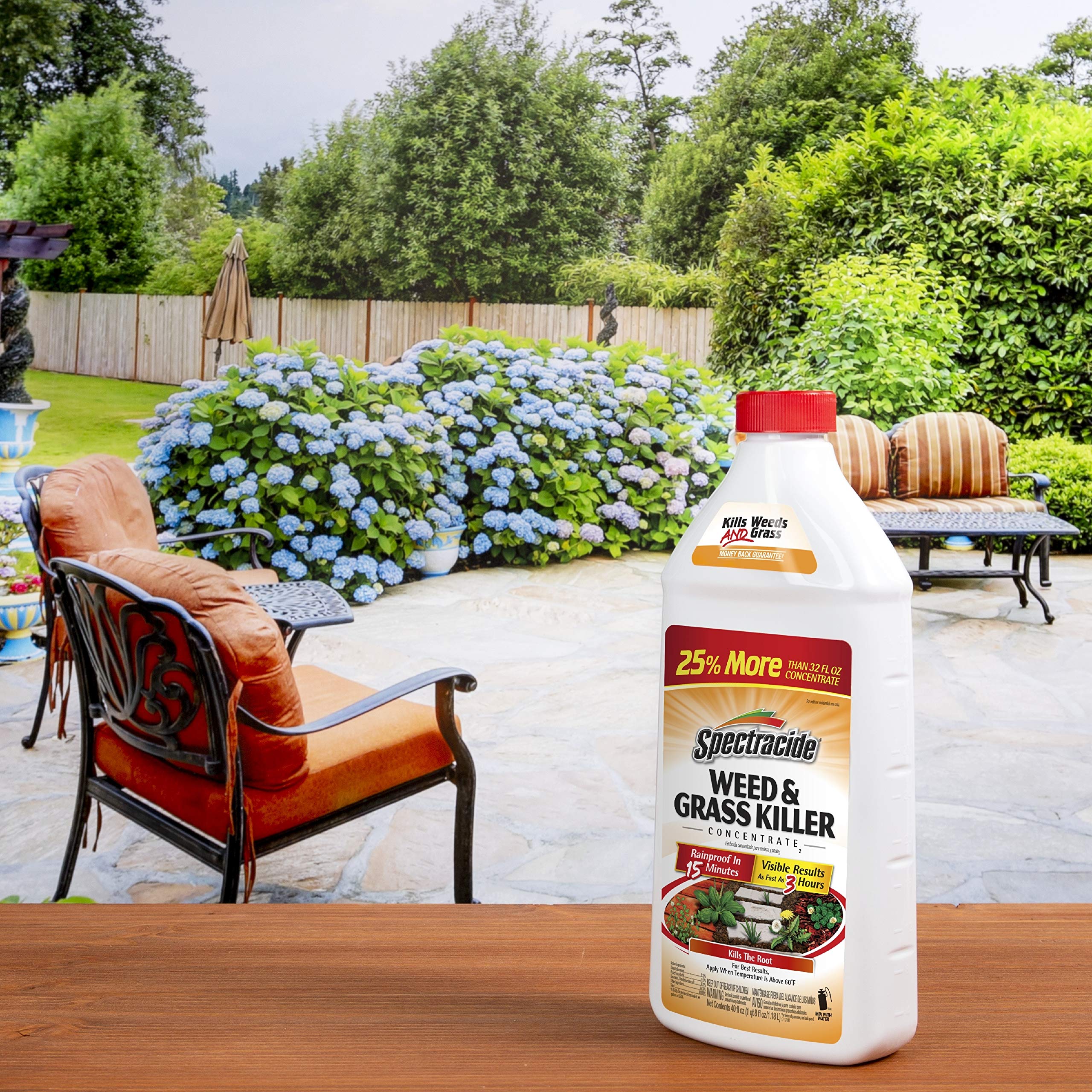Weed And Grass Killer, Weeds can be a gardener’s worst nightmare, overtaking beautiful flower beds and lawns. While some prefer organic methods of weed control, many homeowners and landscapers turn to commercial weed and grass killer products for effective solutions. This article will explore the various types of weed and grass killers available, their effectiveness, safety considerations, and application techniques.
What is Weed and Grass Killer?
Weed and grass killer refers to chemical products designed to eliminate unwanted plants, including weeds and grass. These herbicides can be broadly categorized into two types: selective and non-selective.
- Selective Herbicides: These are designed to target specific types of weeds while leaving desirable plants unharmed. They are ideal for use in gardens and lawns where you want to eliminate unwanted plants without damaging surrounding flowers or grass.
- Non-Selective Herbicides: These products kill any plant they come into contact with. They are typically used in areas where complete vegetation removal is desired, such as driveways or sidewalks, and should be used with caution to prevent harming desirable plants nearby.
Types of Active Ingredients
Weed and grass killers contain various active ingredients, each with different modes of action:
- Glyphosate: A widely used non-selective herbicide effective against a broad range of weeds. Glyphosate works by inhibiting a specific enzyme pathway in plants, leading to their death.
- 2,4-D: A common selective herbicide primarily used to target broadleaf weeds. It mimics plant hormones, causing uncontrolled growth and eventual death of the weed.
- Dicamba: Another selective herbicide that works similarly to 2,4-D but has a different chemical structure. It is effective against tough-to-kill broadleaf weeds.
- Pendimethalin: A pre-emergent herbicide that prevents weed seeds from germinating. It is typically used in lawns and gardens to stop weeds before they can take root.
Effectiveness of Weed and Grass Killers
The effectiveness of a weed and grass killer depends on several factors, including:
- Timing: Applying herbicides at the right time is crucial. For pre-emergent herbicides, timing is vital before weed seeds germinate. For post-emergent herbicides, applying them when weeds are actively growing ensures better absorption and effectiveness.
- Weather Conditions: Herbicides work best under specific weather conditions. Ideal temperatures and humidity levels can enhance their efficacy. Avoid applying during windy conditions or before rain, as this can lead to runoff and reduce effectiveness.
- Target Species: Different weed species may respond differently to various herbicides. It’s essential to identify the weeds you are targeting and select a product specifically designed for those plants.
Safety Considerations
When using weed and grass killer, safety should always be a priority:
- Read the Label: Always follow the manufacturer’s instructions on the product label for application rates, safety precautions, and re-entry intervals.
- Wear Protective Gear: When applying herbicides, wear gloves, long sleeves, and a mask to avoid skin contact and inhalation of chemicals.
- Keep Pets and Children Away: Ensure pets and children are kept away from treated areas until it is safe to return, as indicated on the product label.
Application Techniques
Proper application techniques can significantly affect the success of weed and grass killers:
- Spraying: For large areas, use a backpack or tank sprayer for even coverage. Avoid overspray on desirable plants.
- Spot Treatment: For small areas or isolated weeds, consider using a handheld sprayer or sponge to apply herbicide directly to the target plants.
- Granular Application: Some herbicides come in granular form and can be spread over the soil. This method is typically used for pre-emergent herbicides.
Conclusion
Using weed and grass killer can be an effective way to maintain a healthy garden and lawn, but it is essential to choose the right product, apply it correctly, and prioritize safety. By understanding the types of herbicides available and their specific uses, you can manage weeds effectively and enjoy a thriving outdoor space. Always remember that integrated pest management practices, which combine chemical and non-chemical methods, can provide a balanced approach to weed control in your garden.
You Might Also Like These:



